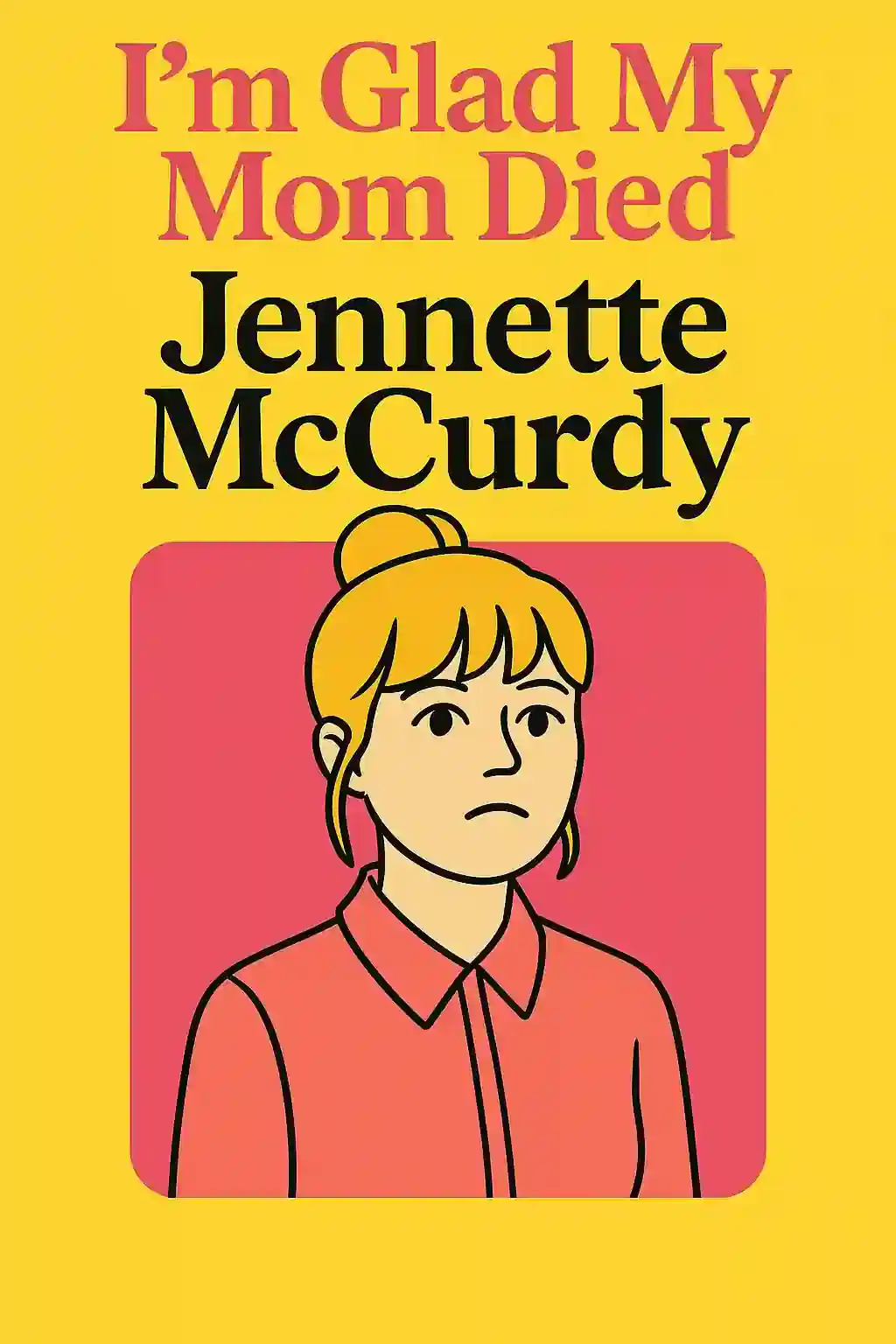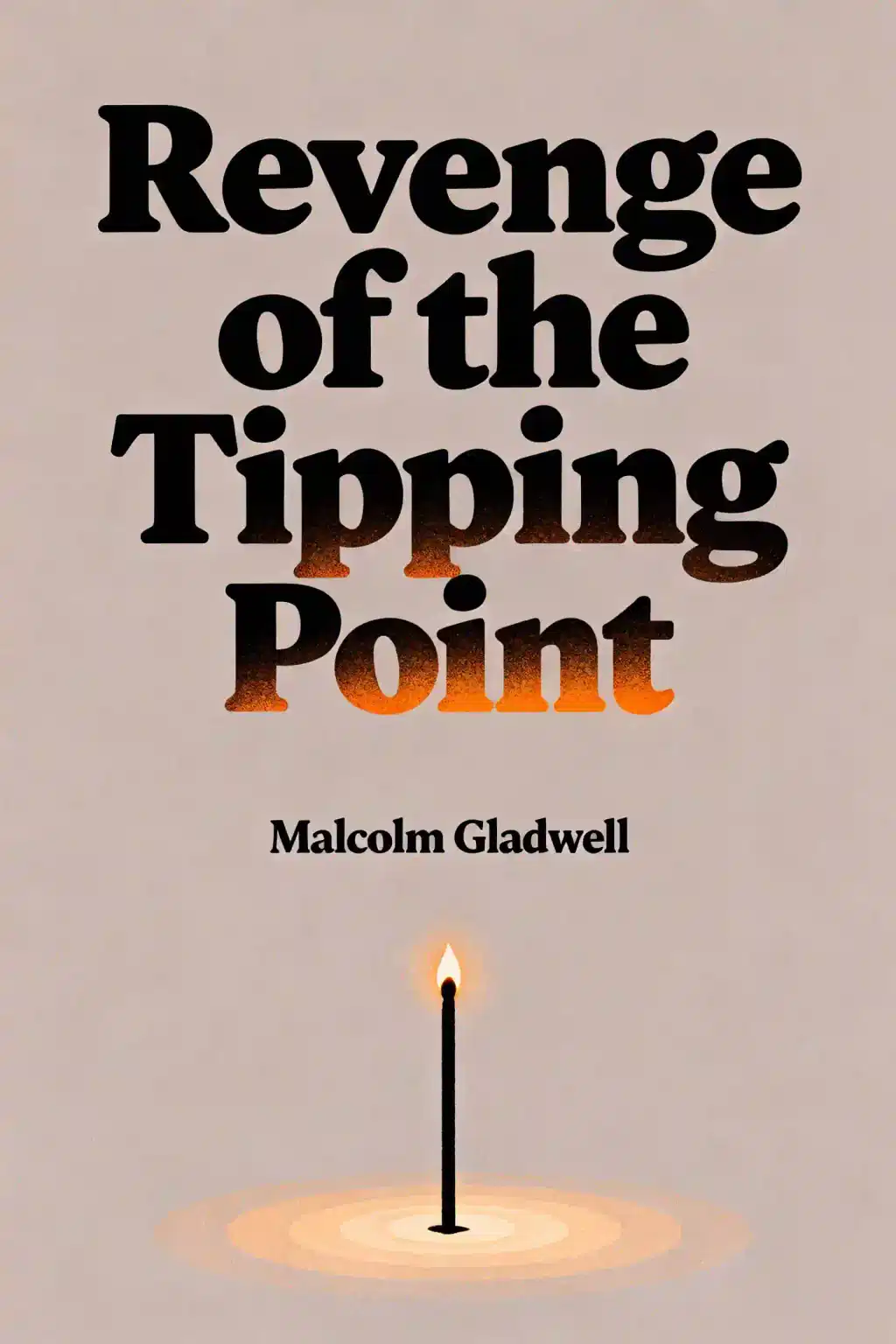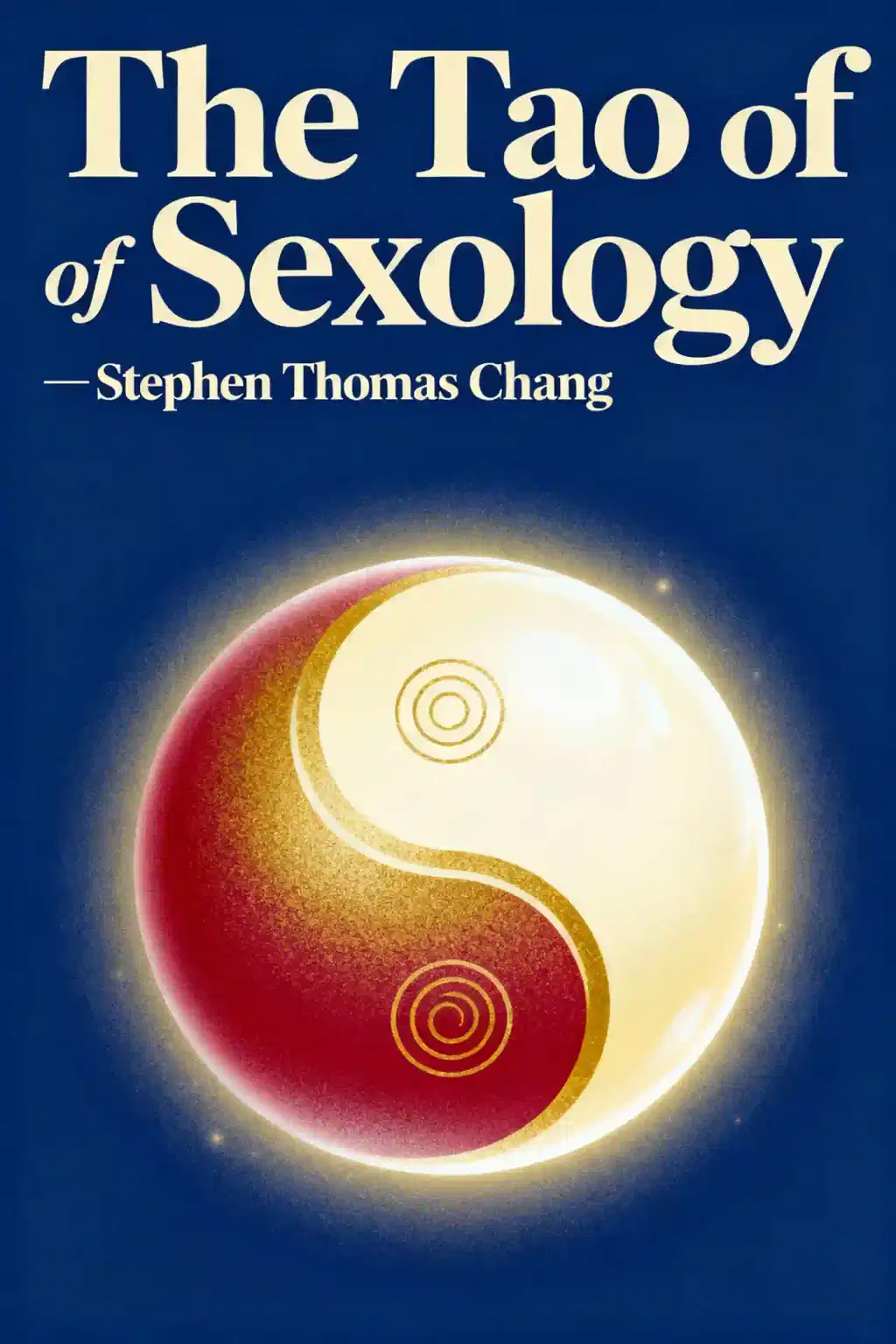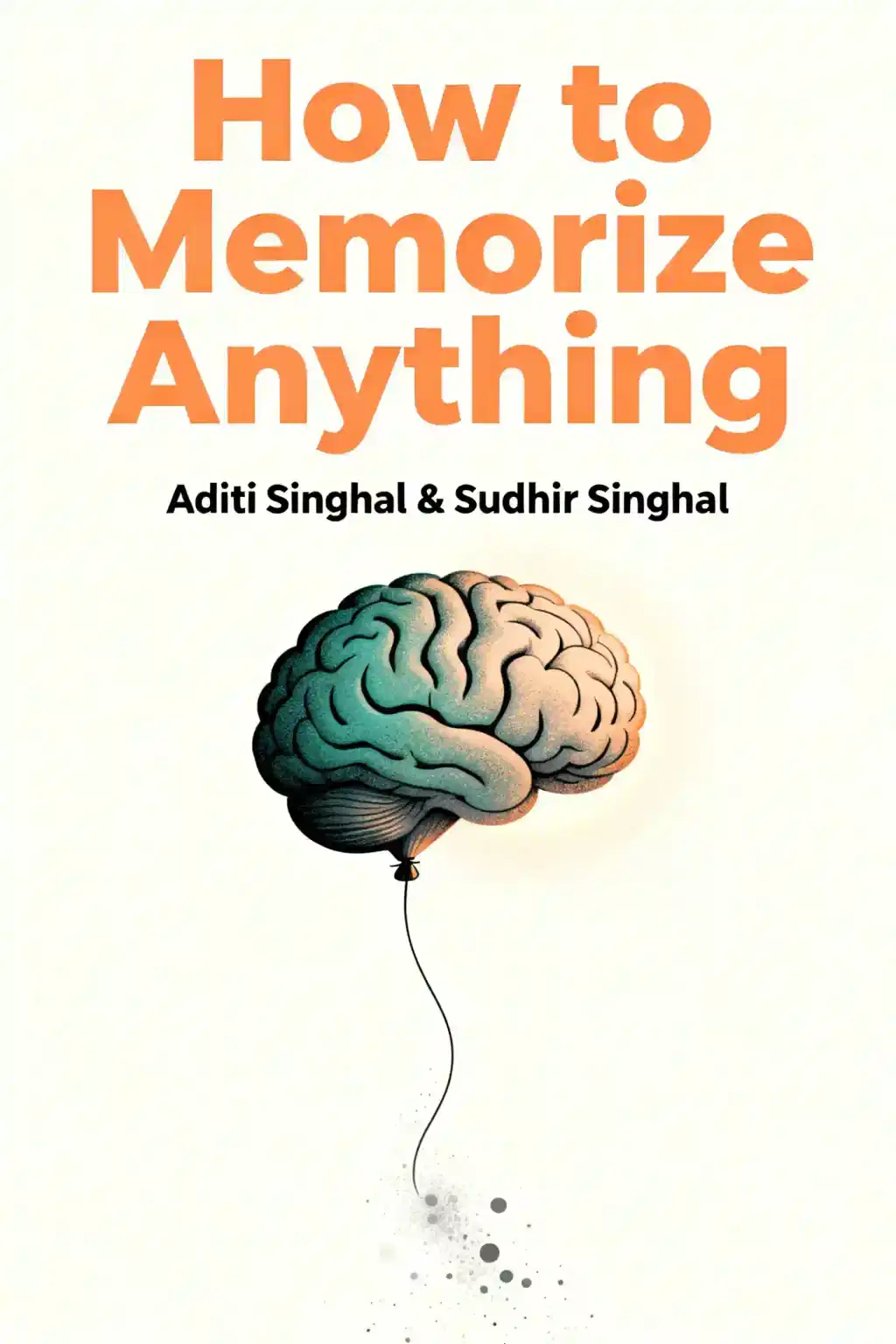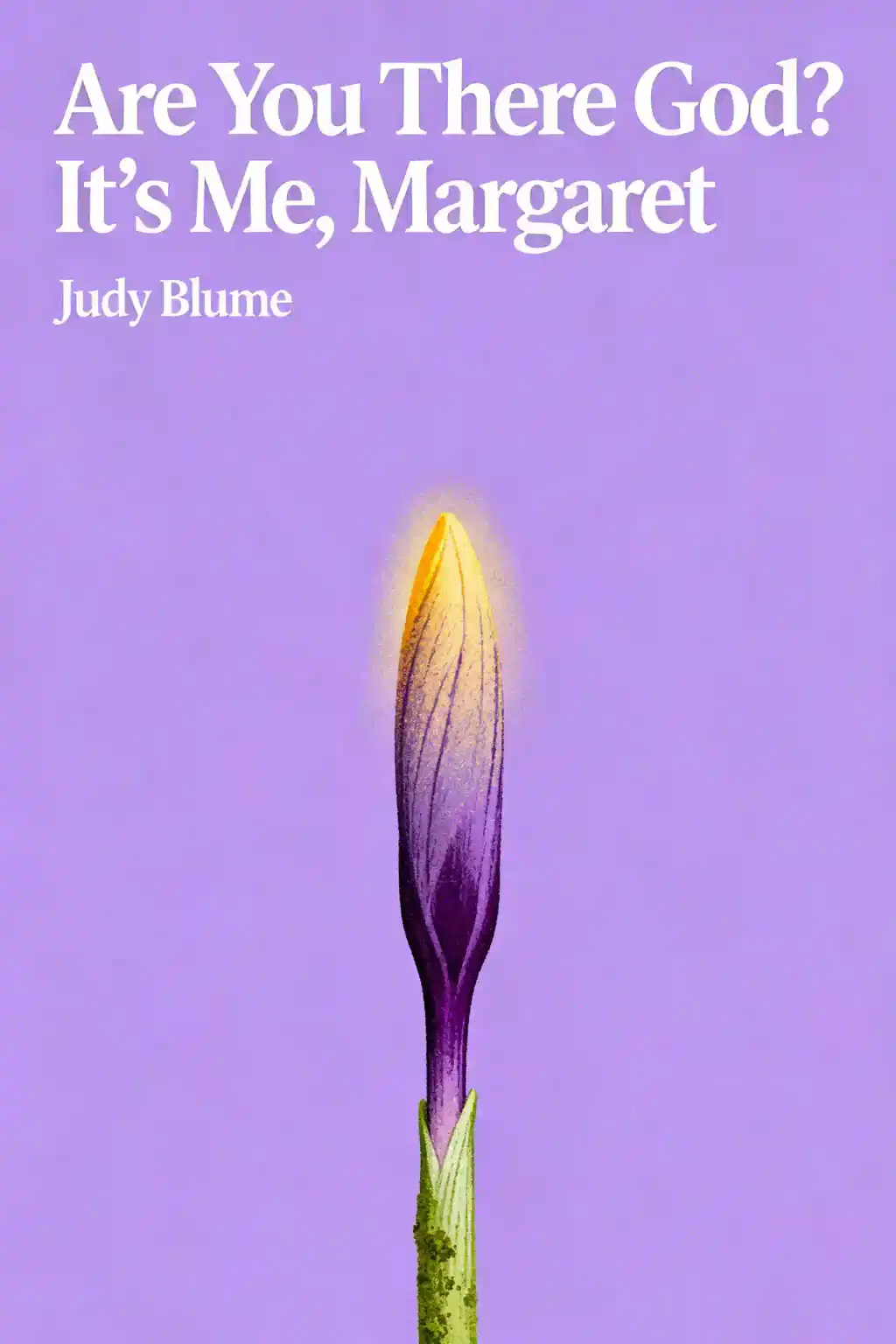
Are You There God? It’s Me, Margaret by Judy Blume Summary
Judy Blume's revolutionary 1970 novel tackles puberty, religion, and identity through Margaret's unforgettable coming-of-age journey. Banned for decades yet named to Time's All-Time 100 Novels, this cultural touchstone recently became 2023's Best Picture-winning film. What taboo questions will it make you confront?
Key takeaways
Growing Up Between Worlds: Margaret's Search for Identity
Margaret Simon's life turns upside down when her parents move the family from New York City to suburban Farbrook, New Jersey. At eleven years old, Margaret isn't just navigating a new home and school-she's standing at the threshold of adolescence, caught between childhood and the mysterious teenage world ahead. The move feels especially jarring because her parents made this decision without consulting her, leaving Margaret feeling powerless about her own life. Behind this relocation lies a deeper tension: Margaret's father is Jewish, her mother Christian, and she's been raised without formal religious affiliation. Her beloved Grandma Sylvia (her Jewish grandmother) has been a dominant influence, paying for private school and summer camp. Now, Margaret suspects her parents moved partly to distance her from Grandma's influence. Within hours of arriving, Margaret meets Nancy Wheeler, a neighborhood girl who immediately comments on Margaret's flat chest, demonstrates pillow-kissing "practice," and displays an extensive makeup collection. Nancy also introduces Margaret to suburban social codes: wear loafers without socks on the first day of school to avoid looking "like a baby." These seemingly trivial details reveal how navigating pre-adolescence requires mastering unwritten rules of belonging. That night, alone in her new bedroom, Margaret turns to her private ritual: conversations with God. "Are you there, God? It's me, Margaret," she begins, asking for help growing up. This intimate dialogue becomes her way of processing experiences throughout her journey-revealing her innermost thoughts, fears, and questions about who she really is.
The Secret Club: Navigating Female Adolescence Together
The Body as Battleground: Margaret's Physical Self-Consciousness
The Religious Quest: Finding Spiritual Identity
School Days: The Classroom as Social Laboratory
Family Tensions: Competing Claims on Margaret's Identity
Becoming Margaret: Finding Her Own Way
About the author
Judy Blume is the bestselling author of Are You There God? It's Me, Margaret and a pioneering voice in children's and young adult literature. Born in 1938 in Elizabeth, New Jersey, Blume began writing in the 1960s and revolutionized the genre by addressing previously taboo topics like puberty, religion, sexuality, and divorce with honesty, humor, and empathy.
Her debut novel, published in 1970, became a touchstone for generations of young readers navigating the emotional turbulence of adolescence.
Blume has authored 29 books spanning multiple age groups, including the beloved Fudge series beginning with Tales of a Fourth Grade Nothing, as well as novels for adults like Summer Sisters and In the Unlikely Event. Her work has consistently appeared on the American Library Association's most frequently banned books list, inspiring her to become a fierce advocate for intellectual freedom through the National Coalition Against Censorship.
She received the National Book Foundation Medal for Distinguished Contribution to American Letters in 2004 and was named one of Time's 100 Most Influential People in 2023. Her books have sold over 90 million copies worldwide and have been translated into 32 languages, with her life and impact chronicled in the Peabody Award-winning documentary Judy Blume Forever.
FAQs About This Book
Are You There God? It's Me, Margaret by Judy Blume follows 11-year-old Margaret Simon as she navigates sixth grade after moving from New York City to suburban New Jersey. The novel explores Margaret's journey through early adolescence as she grapples with puberty, questions about religion, and the pressure to fit in with her new friends. Raised without religious affiliation due to her parents' interfaith marriage, Margaret embarks on a personal quest to explore both Judaism and Christianity while maintaining her own private conversations with God.
Are You There God? It's Me, Margaret is ideal for middle-grade readers aged 10-14 experiencing their own coming-of-age challenges. Parents, educators, and anyone interested in honest portrayals of adolescence will appreciate Judy Blume's frank approach to previously taboo topics. The book resonates with readers confronting questions about religious identity, body changes, friendship dynamics, and finding one's place in a new environment. It's particularly valuable for preteens seeking validation that their anxieties about growing up are normal and shared experiences.
Are You There God? It's Me, Margaret remains a groundbreaking and relevant read over five decades after its 1970 publication. Judy Blume's authentic portrayal of an 11-year-old's inner life broke new ground in young adult literature by addressing menstruation, puberty, and religious questioning with unprecedented honesty. The novel earned a place in TIME magazine's 100 Best YA Books of All Time and inspired a 2023 film adaptation, demonstrating its enduring cultural impact. Its relatable exploration of universal adolescent experiences continues to resonate with new generations of readers.
Judy Blume wrote Are You There God? It's Me, Margaret, publishing it in 1970. Blume stated that while the story wasn't autobiographical, the character of Margaret was "pretty close to the girl I was," both physically and emotionally. Like Margaret, Blume had a personal relationship with God that existed outside organized religion. The novel established Blume as a pioneering voice in young adult literature, known for her frank and compassionate approach to addressing the real concerns of adolescent readers.
Are You There God? It's Me, Margaret explores:
- Puberty and physical development as Margaret anxiously awaits growing into a 32AA bra and getting her first period.
- Religious identity and belonging, as Margaret explores Judaism and Christianity to find where she fits.
- Friendship and social pressure emerge through Margaret's secret club with friends who discuss boys and bodily changes.
- Family conflict plays a central role, particularly tensions around interfaith marriage and Margaret's estranged maternal grandparents who disowned her mother.
Margaret maintains one-sided conversations with God throughout Are You There God? It's Me, Margaret because she lacks formal religious affiliation but desires spiritual connection. Raised by parents who chose not to impose religion, Margaret develops her own deeply personal relationship with God, discussing everything from growing breasts to getting her period to choosing a religion. These frank prayers reveal her innermost anxieties and hopes, showing that Margaret feels God's presence most authentically in private dialogue rather than in organized religious settings like temple or church.
Margaret's religious conflict stems from her parents' interfaith marriage—her father is Jewish and her mother is Christian—resulting in her being raised without religious affiliation. In her new suburban community where everyone identifies as either Christian or Jewish, Margaret feels pressured to choose. She attends temple with her Jewish grandmother and church with Christian friends, but struggles to feel genuine connection in either setting. The conflict intensifies when her estranged maternal grandparents visit and family members argue over which religion Margaret "must" belong to, leading Margaret to declare she is "nothing".
Are You There God? It's Me, Margaret addresses puberty with unprecedented frankness for 1970s literature, following Margaret's anxieties about breast development and menstruation. Margaret and her friends form a secret club where they practice wearing bras, discuss exercises to increase breast size, and share fears about getting their first periods. The novel authentically captures Margaret's constant worry about developing "normally" and her feelings of being left behind when friends menstruate first. The story culminates with Margaret finally getting her period, providing relief and validation of her transition into womanhood.
The secret club in Are You There God? It's Me, Margaret is formed by Margaret and her friends to discuss topics related to adolescence, including boys, bras, and menstruation. Through club meetings, the girls share their insecurities, aspirations, and experiences with growing up, creating a safe space to navigate social pressures together. The club serves as a key plot device for exploring themes of friendship, fitting in, and the universal desire to develop "normally." It also reveals complexities in teenage relationships, such as when Margaret discovers that Nancy lied about getting her period first.
Are You There God? It's Me, Margaret concludes with Margaret finally getting her first period, the physical milestone she anxiously awaited throughout the story. This achievement provides her with relief, validation, and a sense of belonging among her peers. However, Margaret's religious quest remains deliberately unresolved—she explicitly states in her school project that she has "not come to any conclusions" about her faith. The ending suggests Margaret accepts uncertainty as part of growing up, maintaining her personal connection with God while remaining comfortable leaving formal religious identity undecided for now.
Are You There God? It's Me, Margaret sparked controversy for its frank discussions of menstruation, puberty, and sexual development in 1970. The novel has been frequently challenged and banned for addressing previously taboo subjects like breast development, getting one's first period, and purchasing sanitary products with unprecedented honesty. Religious groups also objected to Margaret's questioning approach to faith and her exploration of different religions without committing to one. Despite—or perhaps because of—these controversies, the book became groundbreaking in young adult literature, opening doors for honest portrayals of adolescent experiences.
Are You There God? It's Me, Margaret is appropriate for middle-grade readers aged 10-14, particularly those entering or experiencing puberty. Judy Blume wrote the novel specifically for sixth-graders like Margaret, addressing the authentic concerns of 11-12-year-olds navigating early adolescence. Parents should note that the book frankly discusses menstruation, breast development, and first kisses, which some families may prefer to introduce at different ages. The relatable portrayal of Margaret's anxieties makes it particularly valuable for preteens seeking validation that their physical and emotional changes are normal developmental experiences.
Quick Summary Mode - Read or listen to Are You There God? It’s Me, Margaret Summary in 8 Minutes
Break down key ideas from Are You There God? It’s Me, Margaret into bite-sized takeaways to understand how innovative teams create, collaborate, and grow.
Flash Card Mode - Top 10 Insights from Are You There God? It’s Me, Margaret in a Nutshell
Distill Are You There God? It’s Me, Margaret into rapid-fire memory cues that highlight Pixar’s principles of candor, teamwork, and creative resilience.

Fun Mode - Are You There God? It’s Me, Margaret Lessons Told Through 23-Min Stories
Experience Are You There God? It’s Me, Margaret through vivid storytelling that turns Pixar’s innovation lessons into moments you’ll remember and apply.
Personalize Mode - Read or listen to Are You There God? It’s Me, Margaret Summary in 0 Minutes
Ask anything, pick the voice, and co-create insights that truly resonate with you.

From Columbia University alumni built in San Francisco
See More Stories?

Get the Are You There God? It’s Me, Margaret summary as a free PDF or EPUB. Print it or read offline anytime.















